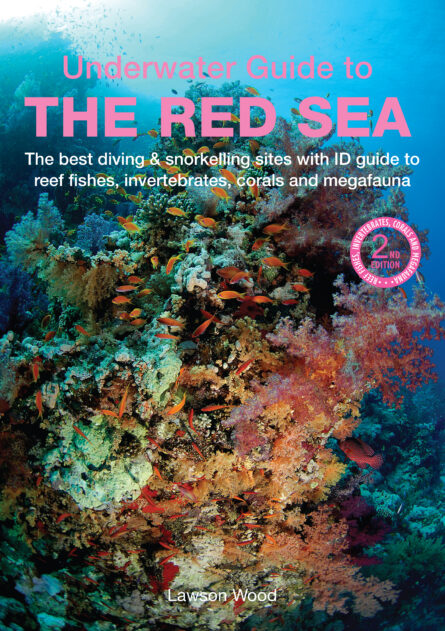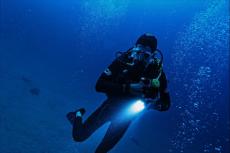Lawson Wood's Underwater Guide to the Red Sea is both a guide to the best sites for diving and snorkelling, and a photographic ID guide to over 350 common species of marine life, covering fish, invertebrates, corals and megafauna.

• ISBN 978-1-913679-36-1
• 210 x 148 mm (8¼” x 6”)
• 160 pages
• 40,000 words approx. (including captions)
• 400 photos + 3 maps
• Full colour throughout
• £14.99 paperback
It is divided into three parts: first, an introduction to diving and snorkelling in the Red Sea, including what to expect and where to base yourself; next, a guide to the best sites for diving and snorkelling; and finally, a photographic identification of 350 of the most common species of fish, invertebrates, corals and megafauna. The second edition has been carefully updated, so that it continues to be an essential pocket guide for divers and snorkellers.
The Red Sea has over 1,000 species of invertebrate and over 200 species of coral, forming the basis of a marine ecosystem which includes 1,100 species of fish, of which just under 20% are endemic. The high level of endemism is one of the main factors that makes scuba diving in Egypt so attractive.
The dive sites offer unobstructed opportunities to spot tropical marine life in crystal-clear waters, ranging from sharks and dolphins to gorgonian fans and feather-stars. Diving types include shallow patch reefs, drift dives and walls, and a collection of some of the most interesting wrecks you are likely to find anywhere, including the world-famous Carnatic and Thistlegorm wrecks. Many reefs stretch out far into the sea and form intricate labyrinths of plateaus, lagoons, caves and gardens.





















